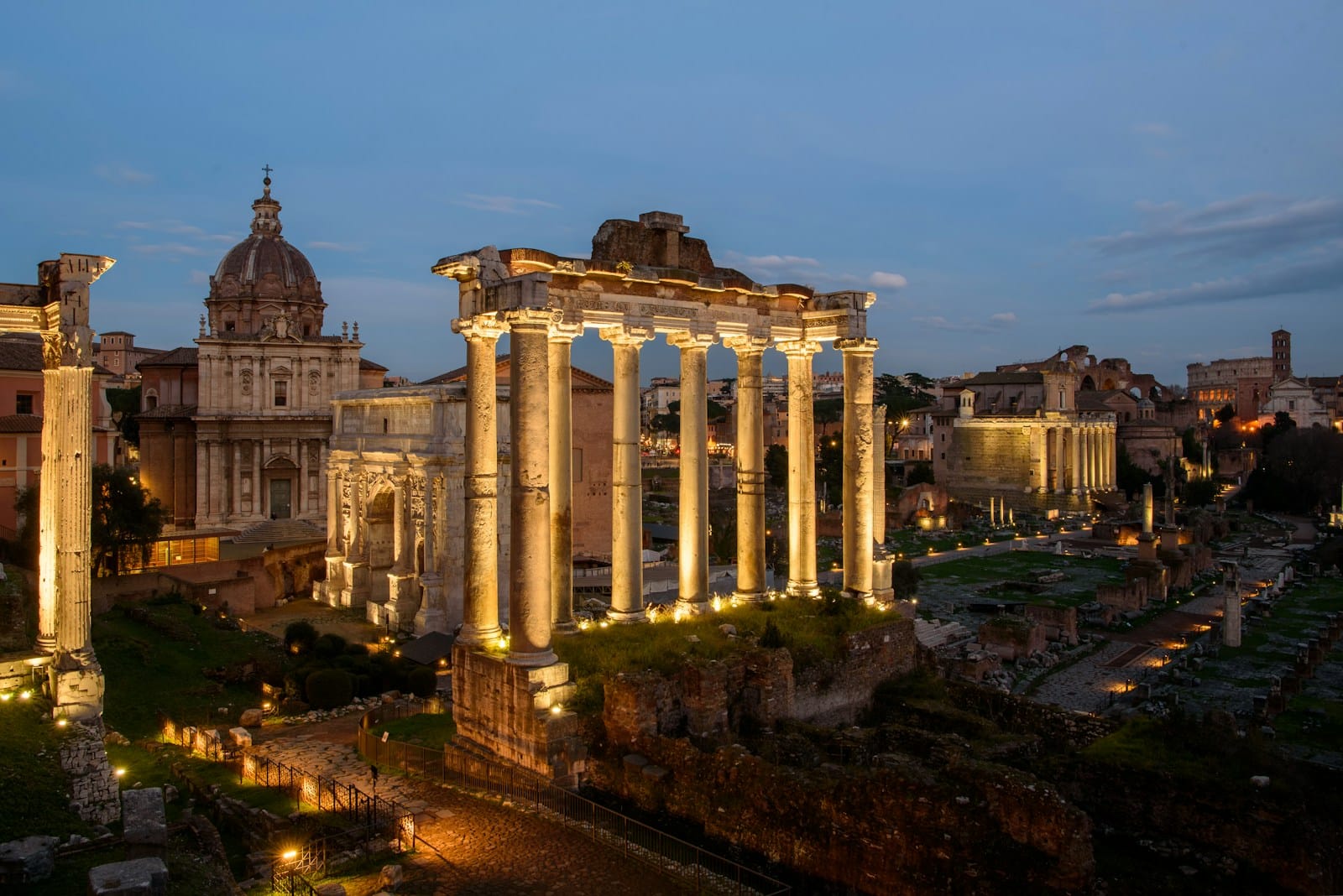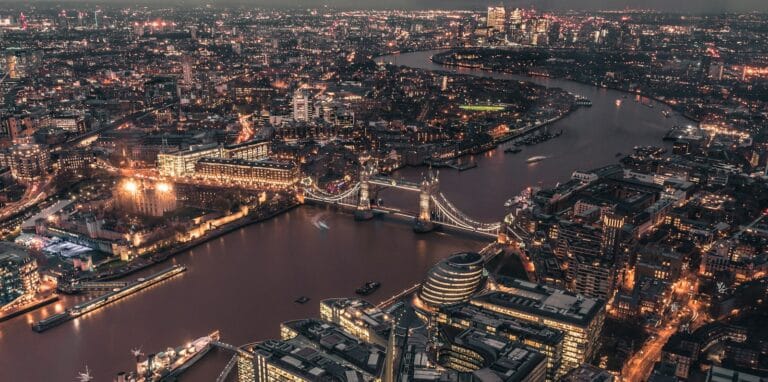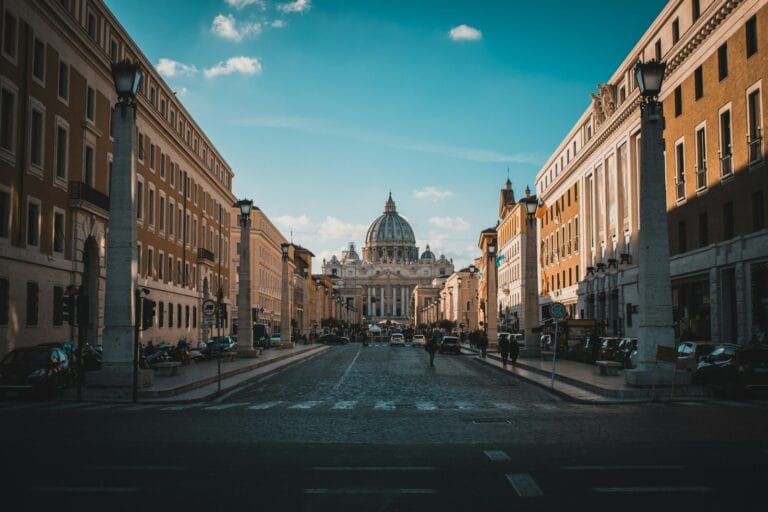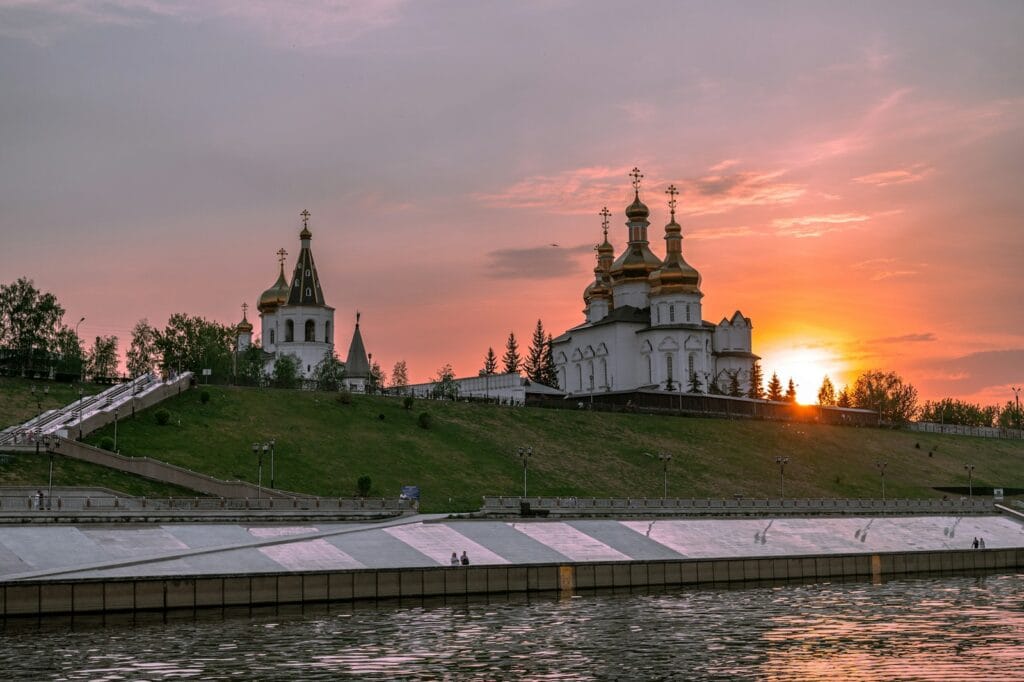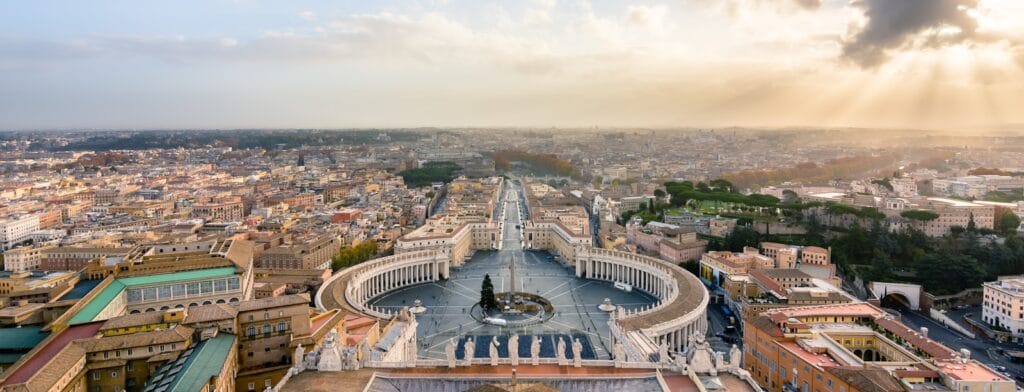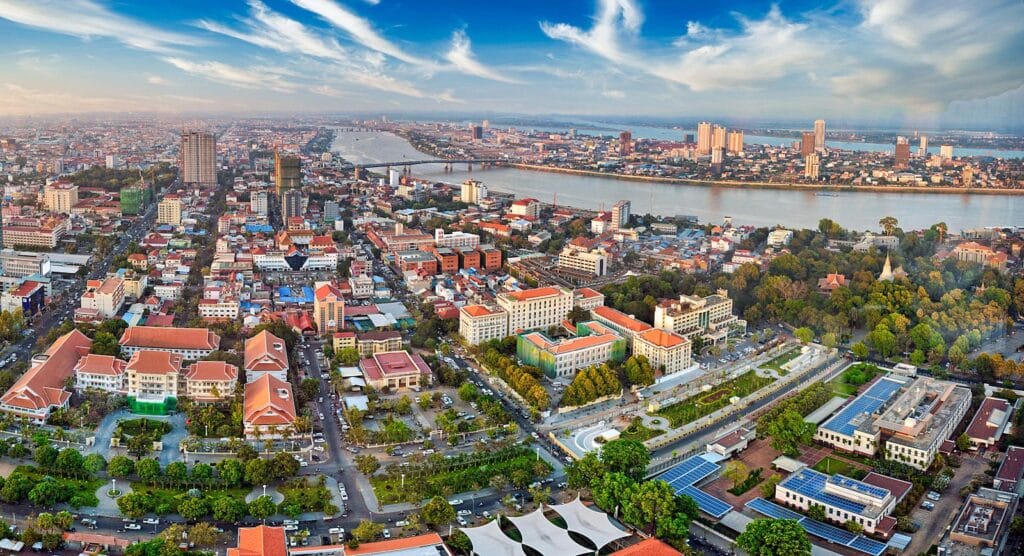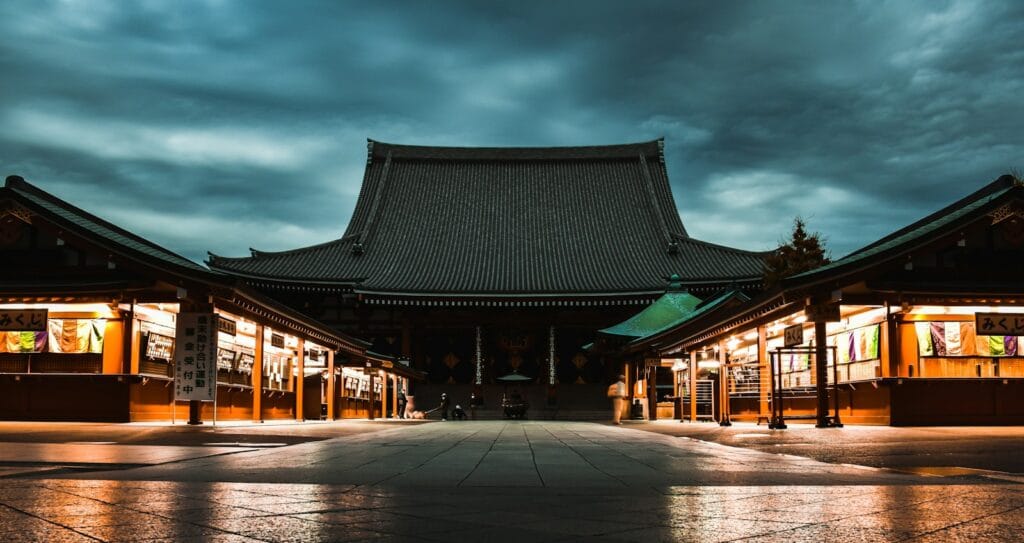Step Into History: Discover the Roman Forum’s Eternal Allure
Intro to Roman Forum
Once the pulsing heart of ancient Rome, the Roman Forum is a mesmerizing open-air museum of temples, basilicas, and triumphal arches. Imagine walking the same cobbled paths that once hosted senators, orators, emperors, and gladiators. Surrounded by ruins that whisper the rise and fall of an empire, the Forum is more than just a cluster of stone relics — it’s a living chronicle of civilization’s most legendary city.
This guide uncovers everything you need to know about visiting the Roman Forum — from timeless sights and historical context to expert planning tips for making the most of your Roman adventure.
💡Quick Facts:
Destination: Roman Forum
Continent: Europe
Country: Italy
City: Rome
Location: Between the Colosseum and Capitoline Hill
Designation: Ancient archaeological site, UNESCO World Heritage (as part of Historic Centre of Rome)
Established: 7th century BCE (origins); expanded through Imperial Rome
Known For: Ruins of temples, basilicas, triumphal arches, and Roman government buildings
Nearby Landmarks: Colosseum, Palatine Hill, Capitoline Museums, Arch of Titus
Opening Hours: Typically 9:00 AM – 7:00 PM (varies seasonally)
Entry Fee: Standard €16 (combined ticket with Colosseum & Palatine Hill)
Best Time to Visit: Early morning or late afternoon for fewer crowds and softer light
🛂Tickets & Access:
– Entry via Via dei Fori Imperiali or from Palatine Hill side
– Included in Colosseum combo ticket (valid for 24 hours)
– Online booking highly recommended → CoopCulture Official Site
– Roma Pass accepted for free/reduced entry
💉Highlights:
– Temple of Saturn: Iconic eight-column structure
– Arch of Septimius Severus: Triumphal arch from 203 CE
– Basilica of Maxentius and Constantine: Massive ancient hall
– Temple of Vesta & House of the Vestals: Sacred fire and priestesses
– Rostra: Ancient speaker’s platform
– Via Sacra: Sacred road used for triumphal processions
– Curia Julia: Senate House still largely intact
✅ Check travel insurance options for travel emergencies, delays, and medical needs abroad — get coverage here
✅ Stay Informed with Official Updates: World Health Organization – International Travel and Health | Travel health updates
🚍Transport:
– Metro: Line B to Colosseo Station (5 min walk)
– Bus: Routes 51, 75, 85, 87 stop nearby
– Walking distance from Colosseum, Capitoline Hill, and Piazza Venezia
✅ Book reliable airport transfers and in-city rides in advance. Reserve your ride here
📶Visitor Tips:
– Bring water, hat, and sunscreen (minimal shade)
– Wear comfortable shoes – uneven ancient stone paths
– Informational signage is limited — audio guide or guided tour recommended
– Guided tours available on-site or via providers like Walks of Italy, GetYourGuide
✅ Stay connected abroad with affordable eSIM data packs. Get your eSIM here
🛡️Accessibility & Facilities:
– Some parts accessible for wheelchairs; uneven terrain throughout
– Restrooms and vending machines at main entrances
– Security checks at entrance — no large bags
– Combine with Palatine Hill visit for best historical context
✅ Use embassy locator tools: Embassies Worldwide
🌦️Weather:
– Summer: Hot and exposed — best visited early morning
– Winter: Milder temps but shorter daylight
– Rain may cause slippery stones and muddy walkways
✅ Stay prepared—check the weather forecast for your destination — Weather Forecast
Why Visit the Roman Forum?
Few sites in the world offer such a powerful encounter with the past. Situated between the Colosseum and the Palatine Hill, the Roman Forum (Forum Romanum) was the epicenter of political, commercial, and religious life in ancient Rome. Senate debates echoed here. Triumphs were celebrated here. Lives were judged, laws debated, and gods worshipped.
Today, the Forum invites travelers to stroll through its ruins and reconstruct a vanished world. Visiting isn’t just about sightseeing — it’s about immersion. Whether you’re a history lover, photographer, or curious explorer, the Forum delivers jaw-dropping moments that connect you to the ancient past in a deeply personal way.
Unmissable Highlights Inside the Roman Forum
The Arch of Septimius Severus
Standing tall at the northwest end of the Forum, this marble triumphal arch was erected in AD 203 to honor Emperor Septimius Severus and his sons. The richly detailed reliefs depict victories in the Parthian Wars and symbolically reinforce imperial power.
Tip: Visit early or late in the day for the best lighting on the carvings. No reservation required with standard Forum entry.
The Temple of Saturn
One of the oldest sacred structures in the Forum, this temple dates back to 497 BC and once held the Roman state treasury. Eight grand columns still stand, showcasing its former majesty.
Tip: During sunset, the remaining columns catch golden light — a perfect photo opportunity.
The Basilica of Maxentius and Constantine
Massive in scale, this basilica was one of the final architectural feats of pre-Christian Rome. The towering arches and coffered ceilings hint at its role as a civic center, hosting legal proceedings and public events.
Tip: Bring binoculars or zoom in with your camera to catch the intricate ceiling details.
The Curia Julia (Senate House)
Unlike other ruins, the Curia remains largely intact, thanks to centuries of repurposing. This was the official meeting place of the Roman Senate and offers a surprisingly well-preserved interior.
Tip: Entry is included with your Forum ticket. Visit early to avoid bottlenecks.
The Temple of Vesta
This small circular structure held the sacred fire of Rome and was tended by the Vestal Virgins. It symbolizes the connection between religion and state in ancient Rome.
Tip: Look for the reconstruction elements — it gives a clear sense of what the temple originally looked like.
The Rostra (Speaker’s Platform)
This platform was where leaders like Julius Caesar and Cicero addressed the people. Decorated with the prows of captured ships, it’s a must-see for understanding Roman oratory power.
Tip: Audio guides or tours can vividly explain the political drama once played out here.
Roman Forum, Palatine Hill, and Colosseum: What’s Included in Your Ticket
Entry to the Roman Forum is always bundled with access to the Palatine Hill and the Colosseum, offering an immersive day of discovery. Tickets are valid for 24 hours, allowing one entry to each site.
- Standard entry: €16
- EU citizens (18–25): €2
- Children under 18: Free
- Best option: Book a skip-the-line guided tour to get expert narration and avoid delays.
Book skip-the-line access to the Roman Forum and explore more in less time.
What You’ll Experience: Sights, Sounds, and Stories
A Walk Through the Forum: Reconstructing the Past
Walking through the Forum is like flipping through a real-life history book. You’ll see the Sacred Way (Via Sacra) where victorious generals marched during triumphs. You’ll pass the Temple of Antoninus and Faustina, now part of a church. Every step offers stories — some proud, others tragic.
Archaeological Layers: Pagan, Imperial, Christian
The Forum isn’t frozen in one era. It evolved across centuries — from the Roman Republic to the height of the Empire and into early Christianity. Temples became churches. Pagan rites gave way to papal interests. Look closely and you’ll spot the blend of eras in brickwork, inscriptions, and relics.
Panoramic Views from Palatine Hill
While technically outside the Forum, your ticket grants access to Palatine Hill, the legendary birthplace of Rome. From its shaded trails and imperial ruins, you’ll enjoy panoramic views down into the Forum — one of the best photo spots in the city.
Recommended Things to Do
Ready to explore timeless landmarks, hidden corners, and breathtaking views? Discover unforgettable things to do in Roman Forum — and start planning with our Rome Travel Guide and Rome Tours today.
Planning Your Visit to the Roman Forum
Hours:
– Open daily, generally 9:00 AM to 7:00 PM (varies seasonally)
– Last admission: 1 hour before closing
– Closed: December 25 and January 1
Entrances:
– Via dei Fori Imperiali (Colosseum side)
– Via di San Gregorio (Palatine side)
What to Bring:
– Comfortable walking shoes (paths are uneven and ancient)
– Sun protection (limited shade)
– Water bottle (fill up at fountains nearby)
Accessibility:
– Partially accessible. Some areas are not wheelchair-friendly due to cobblestones and slopes.
Insider Tip: Start at Palatine Hill and work your way down into the Forum, especially in summer when mid-morning sun heats the lower levels.
Best Time to Visit the Roman Forum
- Spring (April–June) and Autumn (September–October) are ideal. Mild weather, blooming flora, and softer light enhance the experience.
- Summer (July–August): Very hot. Go early (before 9:30 AM) or after 5:30 PM. Bring water and avoid weekends if possible.
- Winter: Quiet and atmospheric. You’ll have the ruins almost to yourself. Bundle up, as wind can funnel through the valley.
- Avoid: National holidays when local crowds surge, and mid-day in summer when temperatures soar.
Expert Travel Tips for the Roman Forum Experience
– Book your ticket in advance, especially if visiting in peak season
– Wear non-slip shoes — ancient stones can be slick, especially after rain
– Join a small-group tour for deeper context and hidden insights
– Pair your Forum visit with the Colosseum, ideally in one loop
– Use offline maps or printed guides — cell signal is spotty inside the ruins
– Take your time — most visitors rush; slow down and imagine the daily life of ancient Rome
– Visit the Palatine Hill first, then descend into the Forum for a dramatic entrance
Explore More Things to Do in Rome
Want to go beyond the Forum? Keep Exploring with These Picks:
Ready to Walk in the Footsteps of Emperors?
The Roman Forum isn’t just a place — it’s an echo chamber of civilization. Explore its grand ruins, imagine life under the Caesars, and connect with a timeless legacy of politics, art, and human ambition. Discover unforgettable things to do in Rome — and start planning with our Rome Travel Guide and Rome Tours today.

